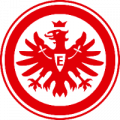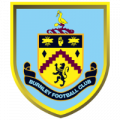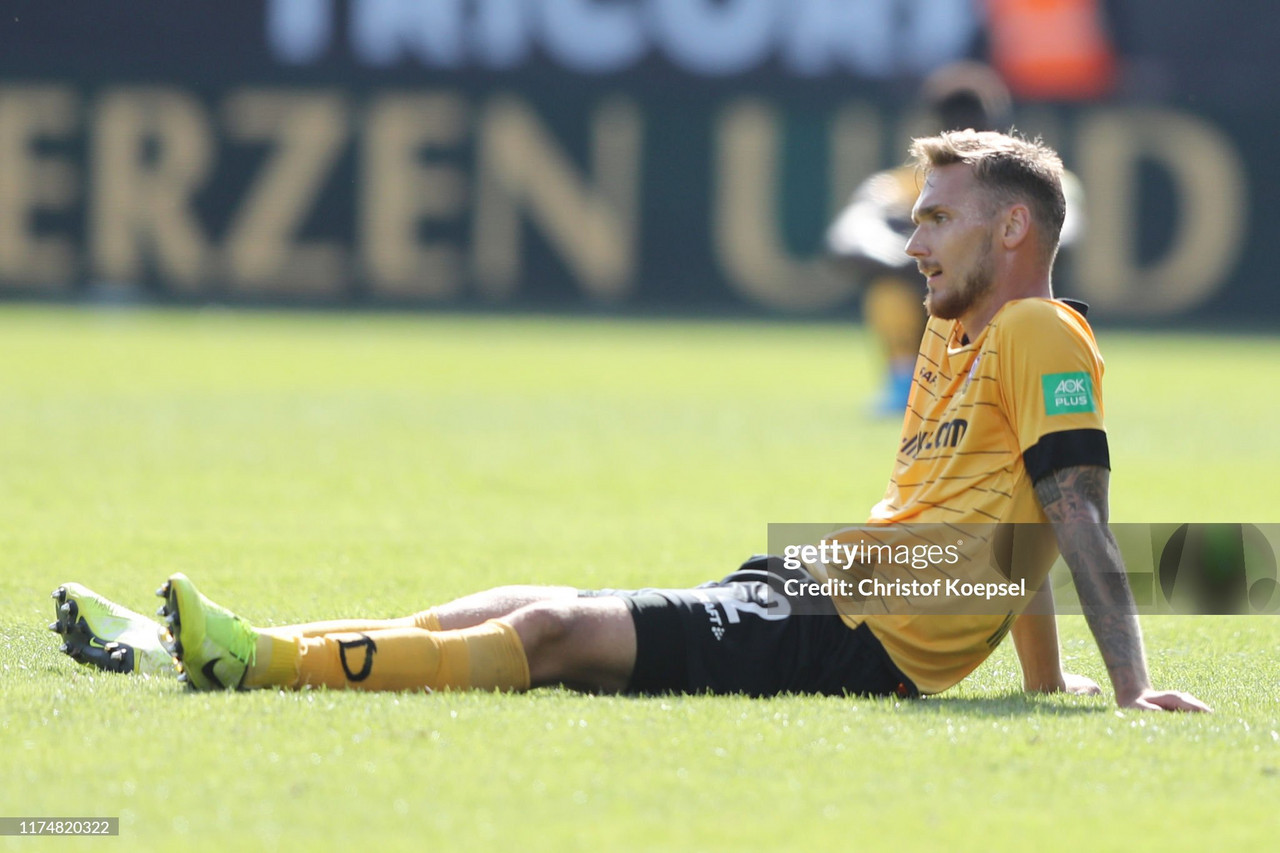Dynamo Dresden are one of Germany’s most well-known sleeping giants. They hold the record for the second most DDR Oberliga titles with eight, they share the record for the most FDGB Pokals with seven and even reached a UEFA Cup semi final in 1989.
But since their last East German title in 1990 they’ve struggled to reignite their past success. They currently play in the third division and haven’t been in the Bundesliga for 29 years. So how exactly did Dynamo Dresden go from hero to zero?
A bit of history
After being levelled during the Second World War, the city of Dresden found itself in the communist state of East Germany. The East German government was obsessed with image, so they ensured that each big city had a flagship team that was backed by the local authority. Berlin had BFC Dynamo, Leipzig had Lokomotiv and Dresden had Dynamo.
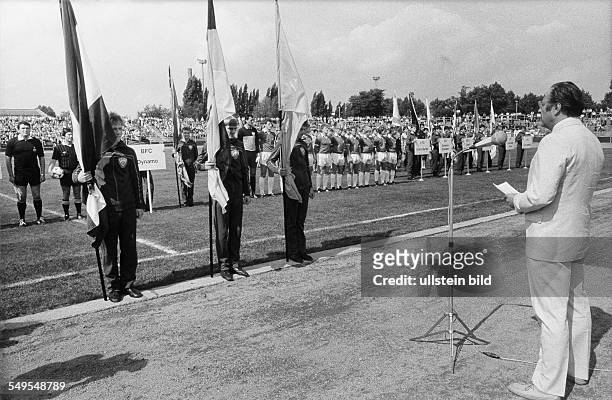
Much like East Germany itself, Dynamo Dresden struggled in their early years. Their predecessor club: SV Deutsche Volkspolizei Dresden were chosen to be the city’s flagship team, only for the government to move the club and all of its players to Berlin to create BFC Dynamo; the pet project of the Stasi and who would go on to become the most successful club in East German history.
Dynamo Dresden would reform, albeit in the second division with a handful of youth and reserve players deemed not good enough to be taken to Berlin. Unsurprisingly, they’d find themselves in the fourth division by 1957.
The glory years
By 1962, a series of promotions saw them back in the first division, but it wasn’t until the 1970s that they began to see success. They won their first DDR Oberliga title in 1971, and this would be followed by another in 1973.
They would then go on to win three back-to-back titles in 1976, 1977 and 1978, as well as two FDGB Pokals. Outside of domestic competitions Dynamo would also be successful in Europe, at least in East German terms, with them reaching the European Cup quarter finals in 1977 and 1979.
.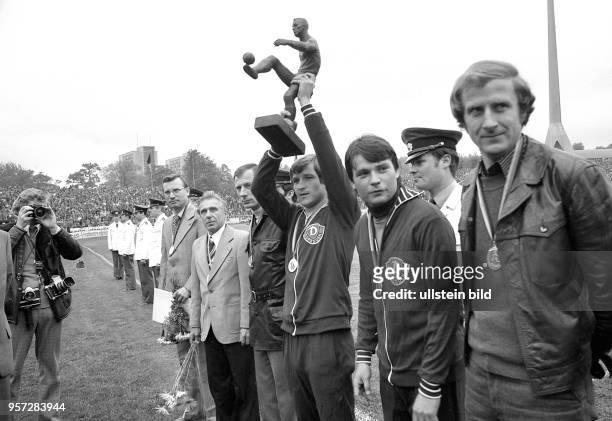
Going into the 1980s, Dresden’s success waned somewhat. This was largely in thanks to Berlin’s BFC Dynamo being the club of the Stasi and thus getting huge government backing, with them winning 10 consecutive titles. But despite BFC’s dominance, Dynamo Dresden were comfortably best of the rest throughout the 80s, winning three East German Cups and finishing league runners up five times in the decade, as well as reaching the UEFA Cup semi-final in 1989.
The beginning of the end
Dresden would win their eighth and final East German title in 1990, and with Germany officially reunifying in March 1991, both countries’ leagues would merge, and like nearly every single club in East Germany, it would go on to be the start of Dynamo Dresden’s downfall.
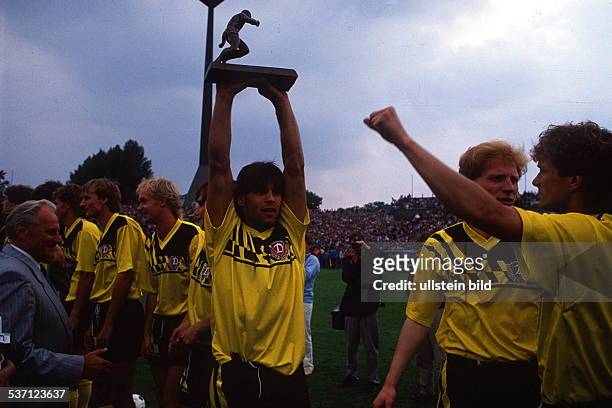
Finishing runners up in the final DDR Oberliga season, Dynamo would be placed into the Bundesliga and would immediately struggle. With East Germany having a much smaller economy and comparatively low quality of life compared to the West, East Germany’s best players left in their droves to more lucrative contracts in the West and across Europe. Being one of the best teams, Dresden were heavily affected with them losing players such as Ulf Kirsten and Uwe Rosler to Leverkusen and Man City respectively.
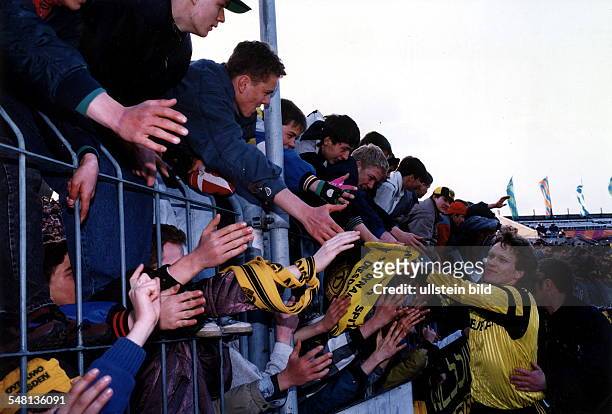
Dynamo simply couldn’t compete. They would spend the following four years in a constant relegation battle, with the inevitable relegation from the Bundesliga eventually coming in 1995; finishing dead last and nine points from safety.
From heroes to zeros
But it would get even worse for Dynamo. In an attempt to keep up with the richer western clubs the club had taken out several loans, and had accumulated 10 million Reichsmarks worth of debt. The scale of the debt meant that the club would be denied a license from the DFB to play in the second division and were placed in the third division.

Dresden would get another feather in their cap of misery in 2000. After a few decent seasons in the third division, the DFB announced that the four leagues that made up the third division would be reduced to two, meaning Dresden would have to finish higher than seventh to avoid dropping to the fourth tier. Dynamo finished eighth and joined their old rivals FC Magdeburg and BFC Dynamo in the fourth division, teams which they’d battled with for the East German title just 10 years ago.
Up, down, up, down, up, down, up, down
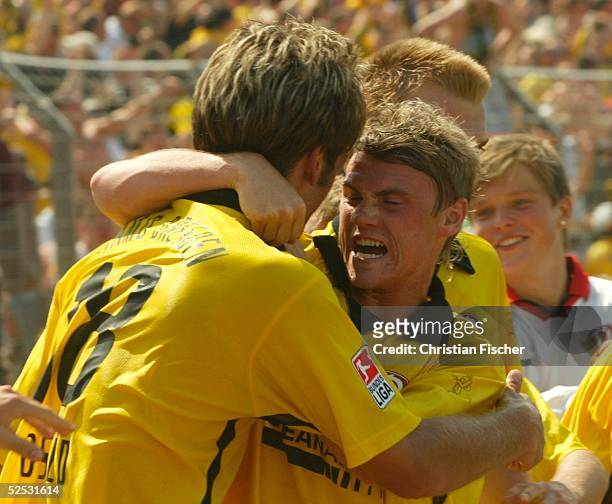
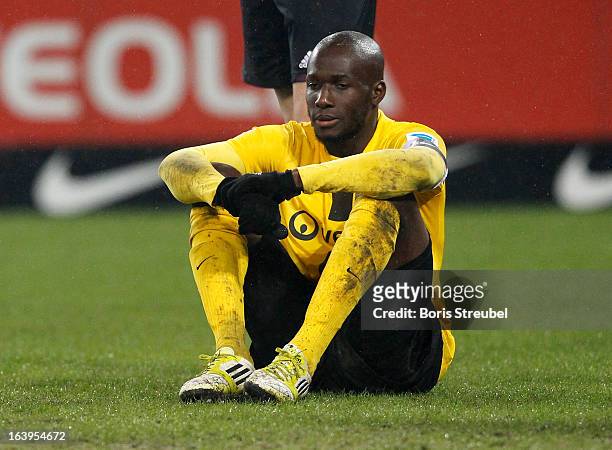
After a difficult 10 years, the moto “we’re coming back’ was adopted, and after two promotions in three years, by 2004 they’d managed to find their way back into the second division, but would find themselves back in the third division shortly after.
And that’s essentially what Dynamo have been since. Since their initial promotion back to the second division in 2004 they’ve been promoted four times and relegated four times between the second and third division. And their chances at getting back to the big time have been few and far between, the closest they got was in 2016/17 where they finished fifth in the Bundesliga.2, albeit 16 points off the top three.
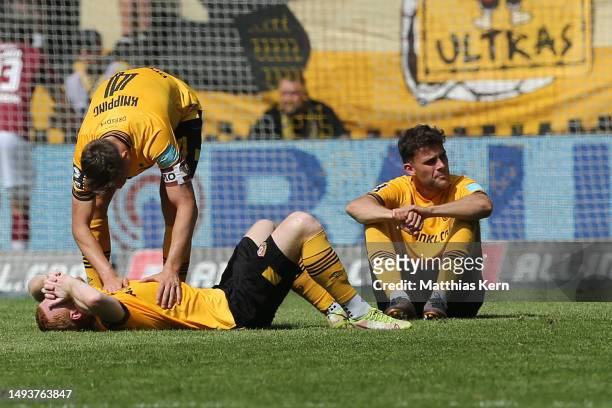
Relegated from the Bundesliga.2 in 2022, Dynamo are currently playing in the 3.Liga, and are looking very likely to make another return back to the second tier. Under the management of former Bremen and Koln boss Marcus Anfang they narrowly missed out on promotion on the final day of last season, and are currently in the top three at the time of writing.
The unfortunate, inevitable decline of a former giant is always a shame, but unfortunately it’s the way it’s been for many East German teams since reunification and many successful teams from the former East are much worse off than Dresden. Lokomotiv Leipzig, Carl Zeiss Jena, Chemnitzer and BFC Dynamo are all in the fourth division and all have their own tumultuous stories to tell.
Will Dresden ever end up back in the big time? Who knows. In a country where fans have desperately tried to block big investment in the higher leagues there’s always a chance for an unlikely rise. I guess only time will tell on whether Dynamo Dresden can get back to where they belong.






